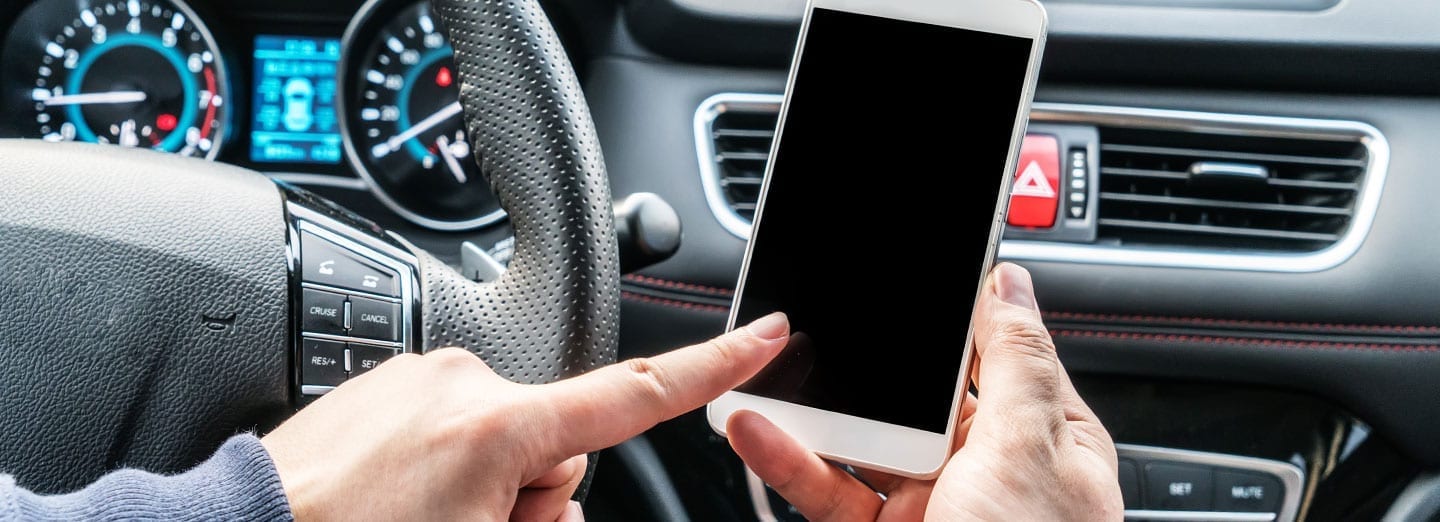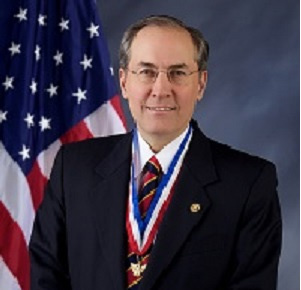
Adult Audience Only
SUMMARY
Distracted driving is considered “any activity that diverts the driver’s attention away from driving,” according to the National Highway Transportation Safety Administration. The distractions can include a wide range of a driver’s or passenger’s personal actions or activities while in a vehicle. Even if a driver is only trying to keep Scouts in their seats while the vehicle is in motion, that is a distraction.
GENERAL INFORMATION
Potentially Deadly Consequences
Distracted driving can have deadly consequences. In 2018, according to the Centers for Disease Control and Prevention (CDC), 14% of all motor vehicle traffic crashes in the U.S. involved distraction, and 2,841 people died in crashes involving a distracted driver.
Preventing Distractions:
Explore these essential guidelines for reducing or completely eradicating distractions while driving:
- When you get in a vehicle, put away your mobile device so you won’t be tempted to look at or answer it.
- Turn the mobile device to “silent” or “off.”
- Only check your texts and messages during rest stops or food breaks.
- If you must use the phone, pull off the road and to a safe location.
- Do not call or send messages while you are driving or to others you know are driving.
Setting Individual and Unit Examples
When a driver or a passenger sets an example, they are telling other adults and youth that they are choosing to drive, or help others drive, safely and not put lives at risk. Maybe your unit can come up with a catchy phrase that will help remind everyone to drive distraction-free before each trip. You can also access some short, attention-getting videos to help reinforce this message within your unit.
RESOURCES




